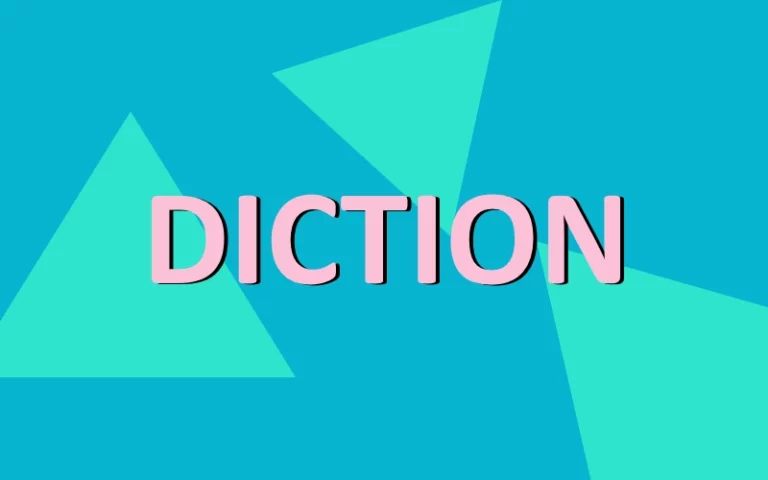Table of Contents
So, you are finally going to tackle that big, bad essay like its your final dance! Then you should get excited about the rest of this article because it is just what you need to find success with your essays.
In this guide for both seasoned and first-time writers, we demystify the art of essay writing. This will cover both the fundamentals of structure and thought, to the actual writing and bringing your writing to life, plus finishing touches. Let’s dive right in!
Understanding Different Essay Types
As with any other type of work that you must do, essay writing also requires the right type of tools for the job. An excellent source of all your essay writing needs is a service like Essay Writing Services UK.
Just as a news article might seek to inform and a Harry Potter book might seek to capture your imagination, so then do different essay types have different functions. Understanding the type of essay requirement is fundamental for your writing success.
We dive deeper into the five main categories of essays next and provide some solid examples for your benefit:
Argumentative Essays
Think of argumentative essays as a type of writing that champions your cause. Their purpose is to convince your reader of a particular viewpoint on a debatable issue.
For argumentative essays, it is imperative that you present a clear thesis statement that outlines your position. This thesis should be supported by clear evidence like statistics, expert opinions, and factual data. But that alone isn’t enough to make a great argumentative essay. You need to also address opposing viewpoints and provide counterarguments, just like a lawyer would in court. These aim to strengthen your position and undergird your stance.
Descriptive Essays
They say a picture is worth a thousand words, and these words are nearly your descriptive essay. Their purpose is to transport your reader to a very specific place, time, or experience through vivid sensory details.
To truly pain a proper picture, you need to engage all five senses, that is, sight, sound, smell, touch, and taste. For example, how would you describe your perfect cup of coffee or chocolate? You can mention the rich aroma, the warmth of the cup in your hands, the creamy texture, and the invigorating taste.
Narrative Essays
While descriptive essays aim to paint a picture, narrative essays generally aim to tell a tale. The story woven should be entertaining, enlightening, and inspiring to the reader.
Take the example of the Shakespeare’s “Merchant of Venice”. This is a narrative tale that also contains elements of dialog to bring forth a richer narrative. It begins by setting the plot and provides a clear introduction to the characters. The beginning is especially important as that is your chance to hook your reader.
Use vivid details, strong character development (for example, how does Bassanio develop throughout the plot?” and consistency in voice to hook your reader.
Expository Essays
The purpose of expository essays is to illuminate knowledge, i.e. to explain a concept, idea or a process in a clear and informative way. Factual information should be presented in a well-organized manner.
A simple type of these essays would be for example, how to explain the lifecycle of a butterfly. You can detail the stages of egg, larva, pupa, and imago, using scientific terminology alongside easy-to-understand explanations.
Persuasive Essays
The fifth and final essay type is the persuasive essay, that is quite similar to argumentative essays. However, there are key differences between the two, which will be the focus of this section.
In argumentative essays, the goal is to validate your viewpoint and make the reader acknowledge it, even if they don’t fully agree with it. In persuasive essays, the aim is to change the reader’s mind and have them fully agree with your position, and potentially take action.
Persuasive essays will generally emphasize emotional appeals, personal anecdotes and strong calls to action. Even when used, stats and facts should be used to sway the reader. On the other hand, argumentative essays represent balanced approach, factual approach and focus on credible sources.
An example of a persuasive essay is one arguing for a school uniform policy. You might emphasize the benefits like reduced social pressure and a stronger sense of community.
With these five crucial essay types out of the way, we can now move on to the next section.
Understanding the Assignment
One of the biggest mistakes students make is rushing into writing without fully understanding the assignment. Your essay prompt will guide you to understand the requirements of the assignment, such as the type of essay, topic, length, and formatting requirements.
Choosing a Topic
One place where students often get stuck for ages before making any positive momentum in selecting a topic. This first hurdle if covered can provide the gas for you to move quickly. Therefore, choose a topic that interests you and something that you can explore from a unique angle. This should be something that is both engaging and manageable. Also, ensure to narrow down your topic to ensure clarity and focus.
Research and Note Taking
Effective research is the cornerstone of every well-written essay. Depending on the type of essay you’re writing, you may need to utilize reputable sources such as academic journals, books, and credible websites to gather information relevant to your topic.
Here are some pointers:
- Keep track of your sources for proper citation later on. Applications such a Mendeley and Zotero or Endnote will help streamline the citation/writing work.
- Take detailed notes to organize your thoughts/ideas. Use index cards or note-taking apps if necessary.
Planning and Writing Your Essay
Create the roadmap for your essay in the form of an outline. This will help organize your thoughts and ensure a logical flow of ideas. Remember to keep to the recommended structure of an introduction, body paragraphs and conclusion, unless it is a narrative essay with a variable structure.
Here is a structure guide:
- Introduction – Grab the reader’s attention with a hook, a fun fact or an uncommon statistic. Outline your thesis clearly at this stage.
- Body – Each paragraph should begin with a topic sentence followed by the supporting evidence and analysis.
- Conclusion – Wrap up your essay, reinforcing your main thesis, points and ideas.
Revising and Editing
Great! Now your essay done but not quite so yet. Revise and edit your first draft and get a fresh pair of eyes to look at your work. A good idea is to order an assignment from experts at writing and they will take a look at your first draft and streamline it for consistency, logical flow and accuracy. They can proofread your essay, enhance its readability, and improve its effectiveness.
Good To Go!
That was an express lesson in crafting effective essays. In this tutorial, we have covered the five different essay types, how to structure your essay, and the key considerations before writing begins
If you need a better understanding on how to craft an essay, look no further than this article. It is essentially an essay that teaches you how to craft the perfect essay. Good luck!

Arslan Hussain, founder of The Different Languages, is an experienced translator passionate about languages and cultures. Through his website, he shares his knowledge and love for different languages, making learning accessible and enjoyable.


